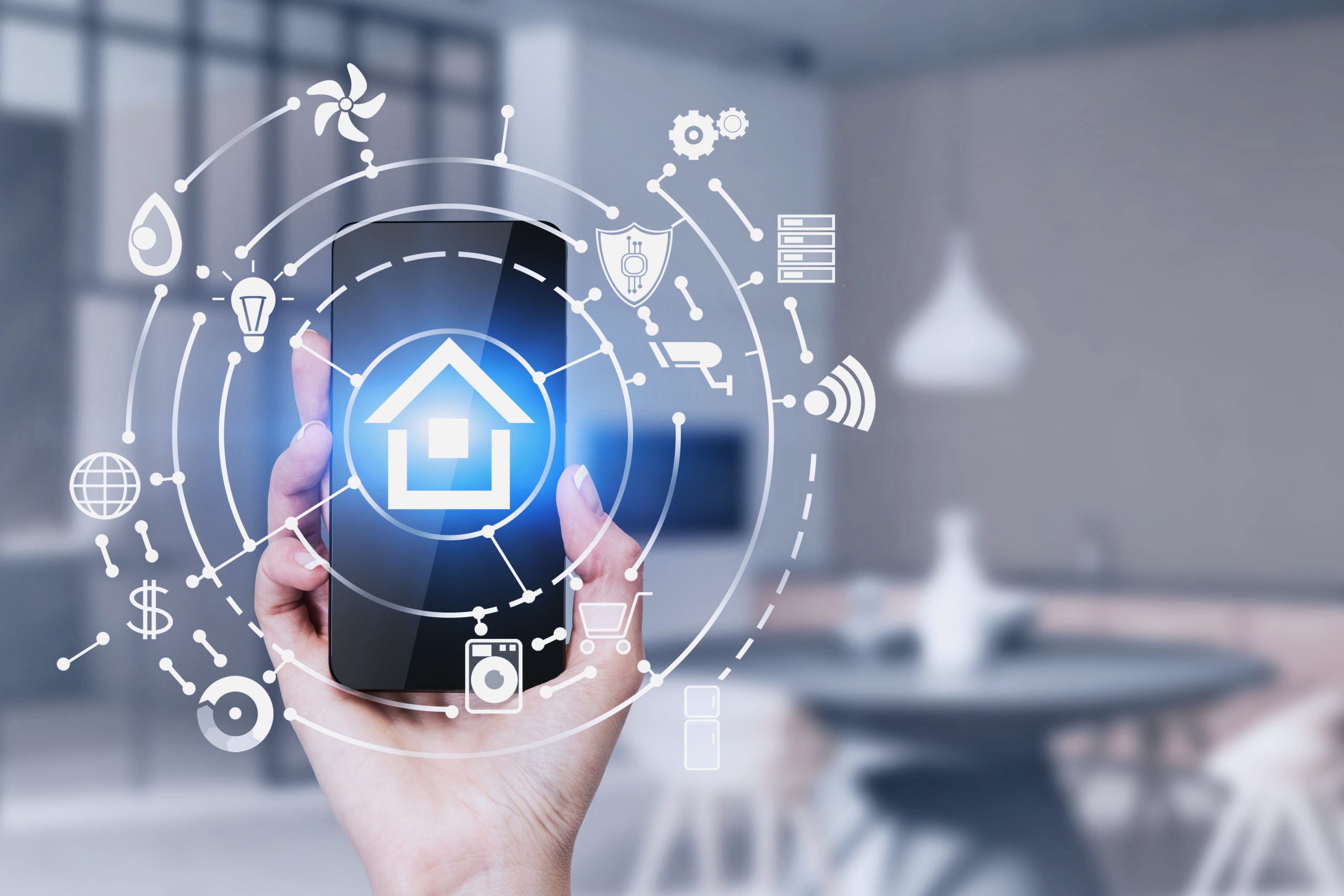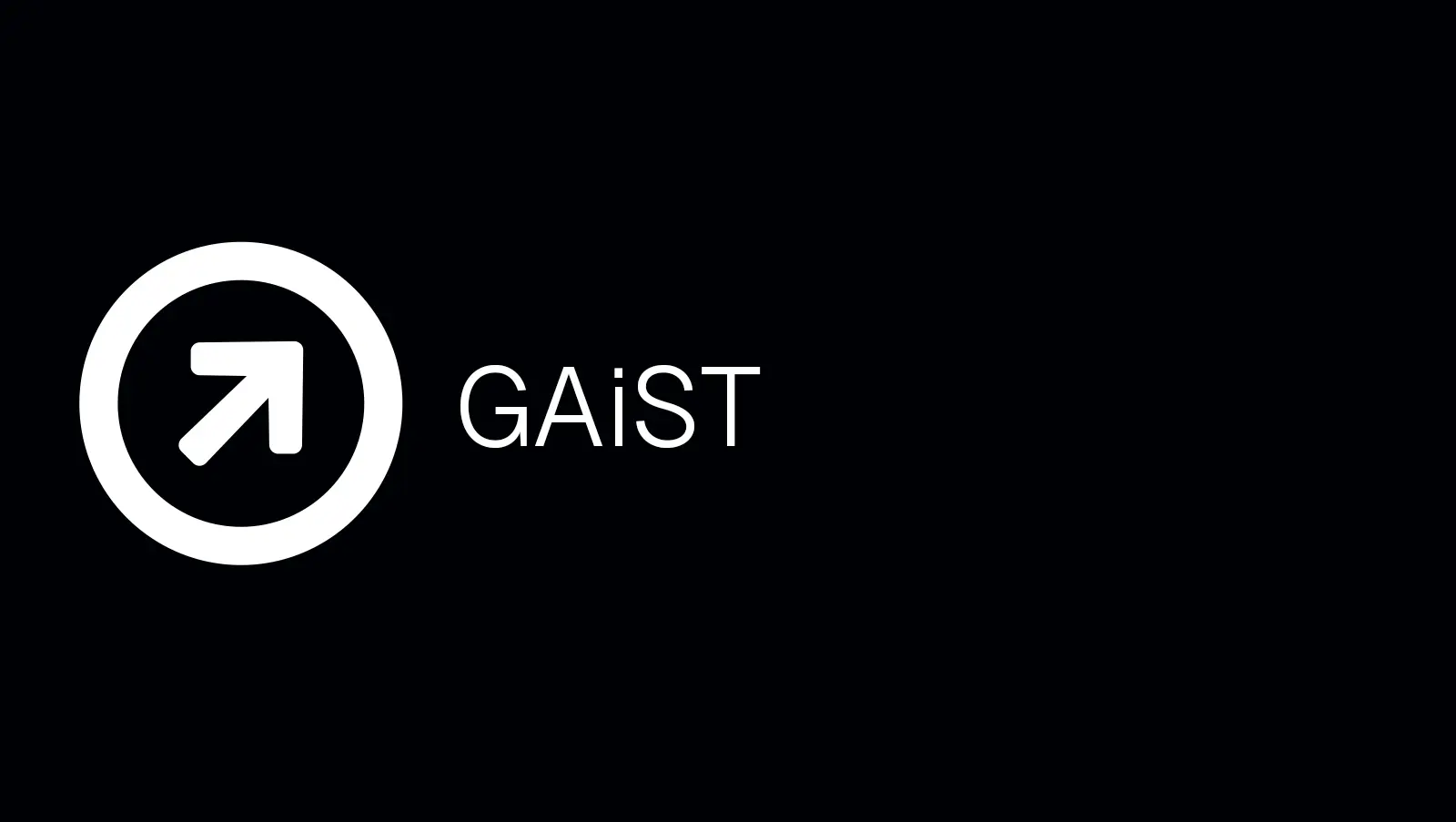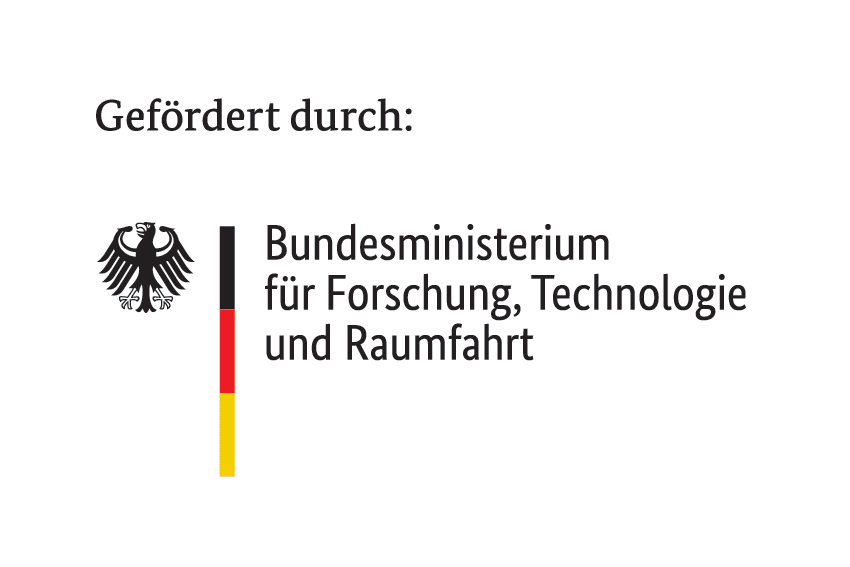GAiST – Ageing happily with smart living technologies
GAiST at a glance
The aim of GAiST is to use modern technologies to enable older people to lead a self-determined life in old age, regardless of their need for care: for a better quality of life, safety and care efficiency. To this end, homes will initially be equipped with smart living technology and telemedical measurement systems for vital data. The project also aims to develop a health platform for processing the data generated by these applications. This not only enables low-threshold access to relevant health data by medical staff and relatives – the data also forms the basis for the (further) development of smart living services, systems and components for age-appropriate living.
Specialist contacts
Nizar Müller, Hospital zum Heiligen Geist (HzHG)
Do you have questions about the GAiST project? Contact the SmartLivingNEXT project office.
Challenge and innovation
Demographic change is driving demand for age-appropriate housing. Current forecasts show that the number of people in need of care is expected to rise from 3.4 million in 2017 to 4.1 million in 2030. In addition, life expectancy is expected to increase. The aim of social and economic policy is to enable the ageing and growing proportion of the population to live as long and independently as possible in their own homes. In addition, there is a shortage of skilled workers in inpatient and outpatient care, which stands in the way of this.
In the field of Ambient Assisted Living (AAL) and Ambient Health Technologies (AHT), many projects have already been funded in the past, the majority of which have resulted in individual solutions. GAiST brings together the results and expertise of previous research: The aim is to create a hybrid overall system in which residents can decide which use cases are relevant to their individual needs.
The project is based on equipping apartments in the Hospital zum Heiligen Geist (HzHG) in Hamburg and the Siegburg senior center with smart living technology and telemedical measurement systems. Specifically, smart home applications that have been tried and tested in the care environment are being installed, such as environmental sensors and intelligent sockets. Telemedical measurement systems are also used to record vital data. Once the senior citizens have moved in, a large amount of data is collected in this way, including medical data and information on the individual living environment.
On this basis, GAiST is developing a health platform with an associated data space that is fed from the data generated from the various data sources.
Application and benefits
The platform provides the basis for the (further) development of smart living services and applications in the areas of comfort, safety and care efficiency. The aim is to improve the quality of life of older people in their own homes. This includes, for example, smart home systems that can provide mobility assessments for residents based on geriatric assessments (recording vision and hearing, urinary incontinence and other factors). Applications for visual nutrition analysis are also used to prevent frailty syndrome, and systems for telemedical monitoring of everyday life allow preventive early detection of potential heart disease. In addition, AI-supported safety management supports senior citizens in their everyday lives by automatically switching off the stove or iron, for example, to prevent fires or injuries.
The (partly AI-based) evaluation and processing of the generated data also enables residents to intervene early in emergency situations: Information can be passed on to relatives or medical staff in an appropriate context. This is ensured by connecting the platform to a hospital information system (HIS) and an integrated telematics infrastructure. Data sovereignty always remains with the residents. They determine which data is forwarded to which departments. This is essential for the acceptance of residents, as they often have a low level of technical affinity.
It is also important that access to the generated data is as simple and transparent as possible. This is why GAiST is developing apps with dashboards for residents and healthcare professionals. By using AI, these displays are automatically adapted depending on the context. For patients, factors such as personal interest or cognitive abilities are also taken into account.
These dashboards and the prototypes of the new and improved smart living systems will initially be tested in living labs under realistic conditions. In a next step, a field test will be carried out in the apartments equipped in the project. The health platform as a whole will also be evaluated as part of this process.
Advantages of GAiST
| Without GAiST | With GAiST |
| Stand-alone solutions in the field of smart living/ambient assisted living (AAL) for independent living in old age. | Scalable overall system with various smart home/AAL solutions that can be put together individually and in line with requirements. |
| Gaps in healthcare provision for an ageing society, particularly in rural areas (rising trend). | Improving medical care and prevention through smart home/AAL solutions for telemedical self-measurement in the home. |
| The demand for assisted living is approximately twice as high as the supply, resulting in high costs (e.g. due to early admission of those affected to inpatient care). | High cost savings in the healthcare system by delaying the admission of patients to inpatient care (e.g. through AI-supported smart living/AAL solutions). |
| Applications or services that need to access health data and patient information directly are not yet supported by the SmartLivingNEXT ecosystem. | Support for applications or services with direct access to medical data and patient information in the SmartLivingNEXT ecosystem via HL7/FHIR interfaces to the free health and hospital information system GNU Health. |
The GAiST consortium partners
Hospital zum Heiligen Geist SbR HzHG (consortium leader), Seniorenzentrum Siegburg GmbH (SZSU), University of Siegen (USI), OFFIS – Institut für Informatik eV, Materna Information & Communications SE



